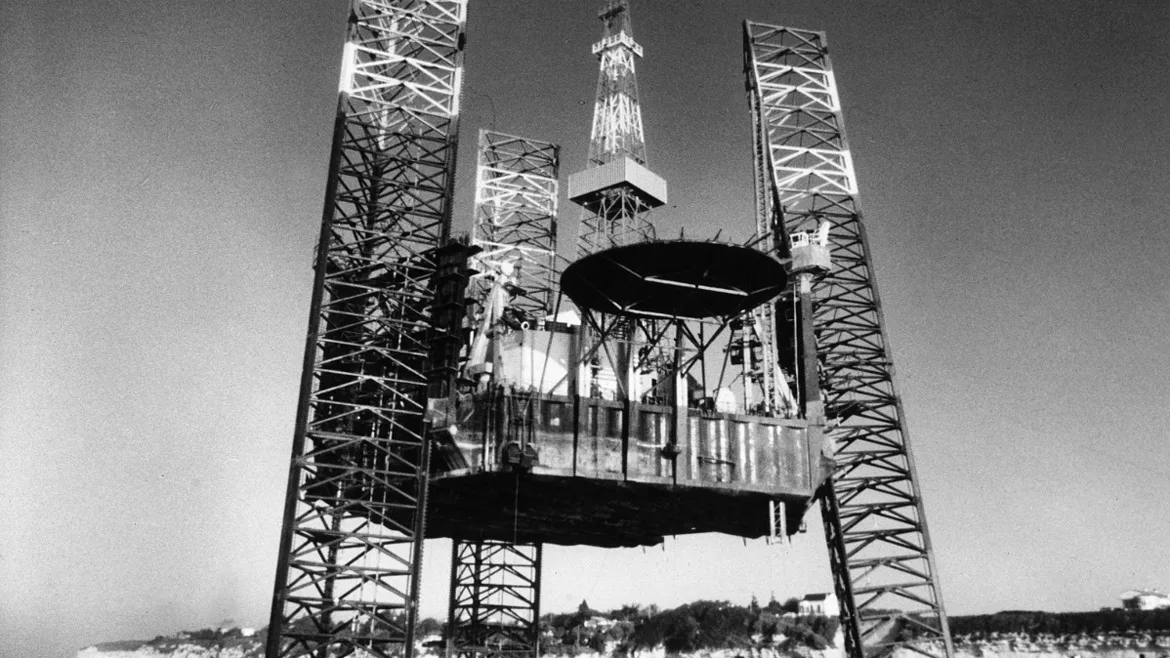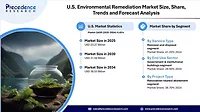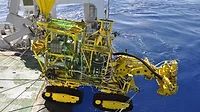Offshore decommissioning market set to grow by $2.5 Billion
Several variables contribute to the high cost of offshore decommissioning projects

Image courtesy of the U.S. Department of Defense
The global offshore decommissioning market is estimated to grow by $2.5 billion from 2024-2028, according to an analysis by Technavio. The market is expected to grow at a compound annual growth rate (CAGR) of almost 6.78% during the forecast period.
The maturing of oil and gas fields and the aging of platforms are driving market growth, along with a trend towards rising investments in renewable energy. However, the high cost associated with offshore decommissioning projects poses a challenge.
The offshore decommissioning process involves safely removing and disposing of obsolete oil and gas infrastructure in the sea. The primary and secondary phases of this process include platform preparation, permitting and regulatory approval, conductor and platform removal, materials disposal, and site clearance.
The shallow water segment of the market is expected to experience significant growth. Jackup rigs, submersibles, and drill barges are commonly used for decommissioning in this segment. The suitability of jackups, which can rest on the seabed, is determined by their age, specifications, location, and weather conditions.
Key companies in the market include Able UK Ltd., AF Gruppen Norge AS, Aker Solutions ASA, Allseas Group SA, Baker Hughes Co., Boskalis, DeepOcean Group Holding BV, DNV Group AS, Halliburton Co., Heerema International Group, John Wood Group PLC, Oceaneering International Inc., Perenco, Petrofac Ltd., Ramboll Group AS, Saipem S.p.A., Schlumberger Ltd., Subsea 7 SA, TechnipFMC plc, and Weatherford International Plc.

The global shift towards renewable energy sources, such as wind, solar, and geothermal, is driving economic, social, and environmental development. According to the U.S. Energy Information Administration, renewable energy consumption is projected to grow at an annual rate of 3.1% between 2018 and 2050, compared to 0.6% for petroleum and other liquids, 0.4% for coal, and 1.1% for natural gas. This trend is hindering the growth of the oil and gas industry, creating opportunities for the offshore decommissioning market.
Countries like the Philippines are leading the way, with Mindanao's power mix expected to increase its renewable energy share from 40% to further increase during the forecast period. Fluctuating crude oil prices, depleting resources, and environmental concerns are also fueling the demand for clean energy sources. The European Union aims to reach a 27% renewable energy share by 2030, reducing dependence on fossil fuels for power generation. This shift will decrease the number of new oil and gas drilling projects and minimize the adoption of Enhanced Oil Recovery methods. Investments in renewable energy will positively impact the offshore decommissioning market, as the need for decommissioning oil and gas wells increases.
However, offshore oil and gas wells with maturing or aging assets can become costly non-performers, as operating expenses surpass revenue generated. The OSPAR Convention assigns decommissioning responsibility to the well owner, adding to the challenge. Decommissioning costs depend on the weight of materials to be removed, which is a significant expense. Transparency and communication between industry and government, as well as stakeholder consultation, are essential.
However, the precise calculation of decommissioning costs is complex due to factors like material condition changes, risks, market volatility, personnel loss, industry experience, supply chain inflation, information management systems, and technical data. These variables contribute to the high cost of offshore decommissioning projects, potentially hindering market growth during the forecast period.



